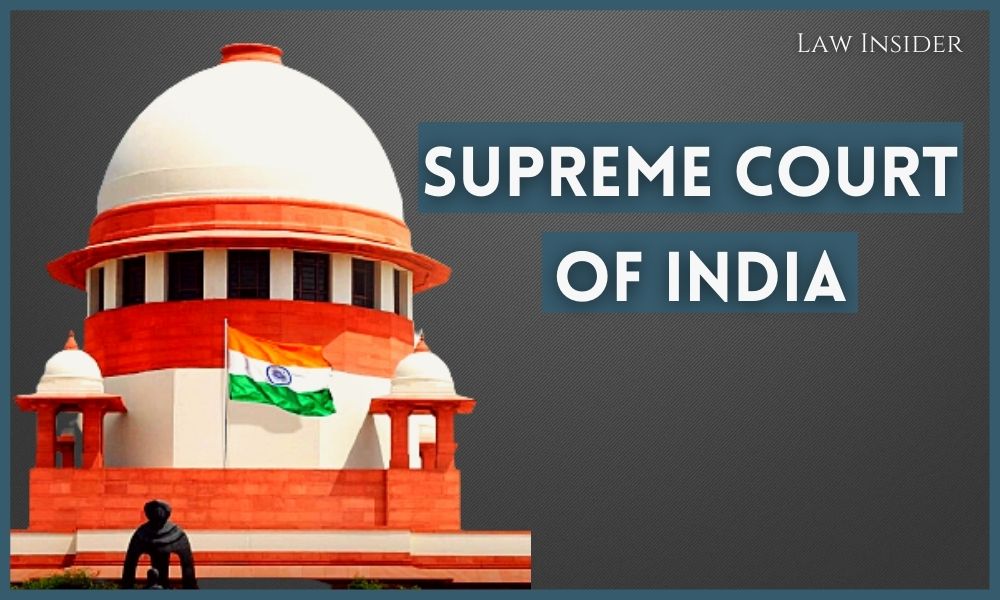LI Research
Published on: October 31, 2023 at 00:00 IST
Writ Petition, is a legal remedy available in many common law jurisdictions, including India. It is a formal petition that individuals or organizations can file in a high court or the Supreme Court to seek redress for violations of their fundamental rights, legal rights, or to challenge government actions or decisions that are perceived as unlawful.
The choice of whether to file a writ petition in a high court or the Supreme Court often depends on the jurisdiction and the nature of the case. In India, for instance, if the violation of rights or the challenged action occurs within a specific state’s jurisdiction, the writ petition is typically filed in the High Court of that state under Article 226 of COI. However, if the issue pertains to the violation of fundamental rights, the case can be taken directly to the Supreme Court of India under Article 32 of COI.
Article 32 of the Constitution of India (COI) is a significant provision that grants the right to constitutional remedies. It empowers citizens to directly approach the Supreme Court of India for the enforcement of their fundamental rights. This article is often considered the heart and soul of the Indian Constitution, ensuring that fundamental rights are not just fundamental in theory but also in practice.
Article 32 guarantees the right to move the Supreme Court for the enforcement of fundamental rights. This means that if an individual’s fundamental rights are violated, they can directly approach the Supreme Court, bypassing lower courts.
Types of writ Petition that can be filled under Article 32
In India, there are five types of writs that can be sought through these petitions:
- Habeas Corpus: A writ to produce a person who is detained illegally.
- Mandamus: A writ to compel a public official to perform a legal duty.
- Prohibition: A writ to prevent an authority from exercising a power it doesn’t possess.
- Certiorari: A writ to quash a decision of a lower court or tribunal.
- Quo Warranto: A writ to question someone’s authority to hold a public office.
Also Read: Types of Petitions in Supreme Court
Format of writ petition to Supreme Court
The format for filing a Civil Writ Petition in the Supreme Court of India follows a specific structure and requires meticulous documentation. Here’s a comprehensive guide outlining the necessary components and the filing process.
A. Structure of the Petition:
The format begins with a ‘Synopsis and List of Dates’ followed by the detailed petition. It usually includes the following elements:
1. Synopsis and List of Dates:
This section provides a concise summary and chronology of events related to the case.
2. Petition Details:
a. Title – In the Supreme Court of India, Original Jurisdiction, Civil Writ Petition No. of [Year].
b. Parties – Petitioner vs. Respondent.
c. Purpose – Petition under a specific Article of the Constitution for the issuance of a writ in a particular nature under another Article of the Constitution.
3. Petition:
Respectfully addressing the Chief Justice and Justices, presenting the petitioner’s case with facts, legal questions, grounds, and statements.
4. Prayer:
Requests made to the court, including specific orders sought and further orders deemed necessary.
5. Filing Details:
Information about the petitioner, the person who drafted the petition, and the date it was filed.
B. Required Accompaniments:
The Writ Petition must be accompanied by several essential documents and payments, including:
- Duly sworn affidavit of the petitioner.
- Annexures referred to in the petition, with a specified fee per annexure.
- Multiple copies of the Writ Petition, along with necessary court fees.
- Index and cover page following specific specimen formats.
- any additional applications, each requiring a prescribed fee.
- Memo of appearance with a specified court fee.
- Suggested practical knowledge sharing for petitioners-in-person.
C. Paper-Book Compilation:
A paper-book is prepared and filed by either the petitioner or their advocate, which includes:
- Index for easy navigation.
- Synopsis and List of Dates.
- Writ Petition along with supporting affidavits.
- Annexures and any additional applications, if present.
Conclusion:
Filing a Writ Petition in the Supreme Court of India demands meticulous adherence to this specified format. This comprehensive Article emphasizes the structuring, required documents for filing a petition. It ensures a systematic approach to presenting a case before the highest judicial authority in the country.
Also Read: How are Writ petitions filed in Supreme Court?

